Overview
Size
Around 54,402 people live in Rogers Park, based on my estimation using Social Explorer. The area is about 1.8 square miles (1152 acres).
There are very few single-unit residences (only 7%) and the rest are multi-unit apartments and condominiums (censusreporter.org).
I would call Rogers Park a face-block neighborhood. Additionally, there are many “U” shaped apartment buildings with courtyards in the middle, perhaps creating mini face-block “neighborhoods.”
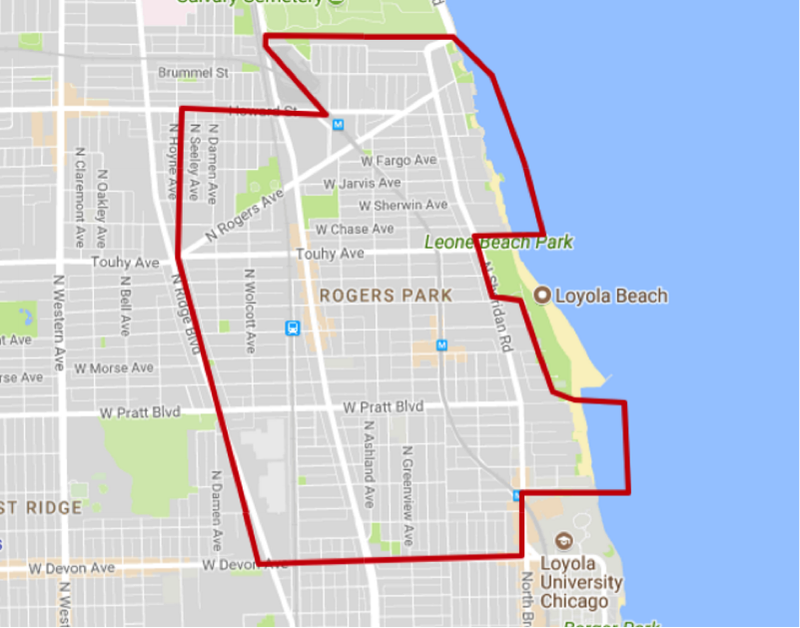
Source:
Christopher Devane (http://neighborhooddigest.com/udf/gdHoodMapChicago.cfm?gdHood=183&gdMLS=MLS)
Identity
When
you are in Rogers Park, you are aware of it. There are banners on the lampposts
with the neighborhood’s logo and signs when entering the area. Additionally,
many local establishments have used the neighborhood’s name in their own, such
as Rogers Bark (pet groomers), and Pub 626 (a bar whose name represents the
last digits of the Rogers Park zip code). Because of the “Mile of Murals”
project, there are many murals in the area that depict the history and culture
of Rogers Park. These reinforce the sense of neighborhood, as do the many other
works of public art in the area.
The neighborhood seems quite coherent, with the exception of Loyola University seeming like its own separate neighborhood. However, there is some overlap and interaction between Loyola and the greater Rogers Park area, so they are not totally disconnected from each other and share many of the same eateries and cafes. It should be noted that some maps of Rogers Park do not include Loyola University, including Christopher Devane’s.
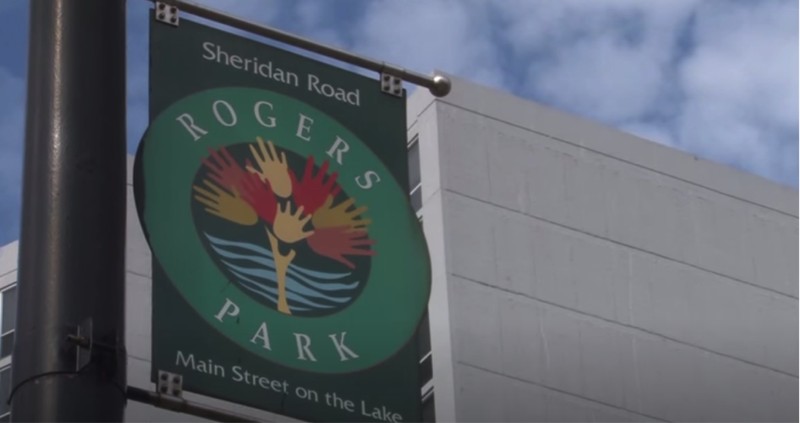
A
Rogers Park banner on a lamppost. Source: Rogers Park Chamber of Commerce
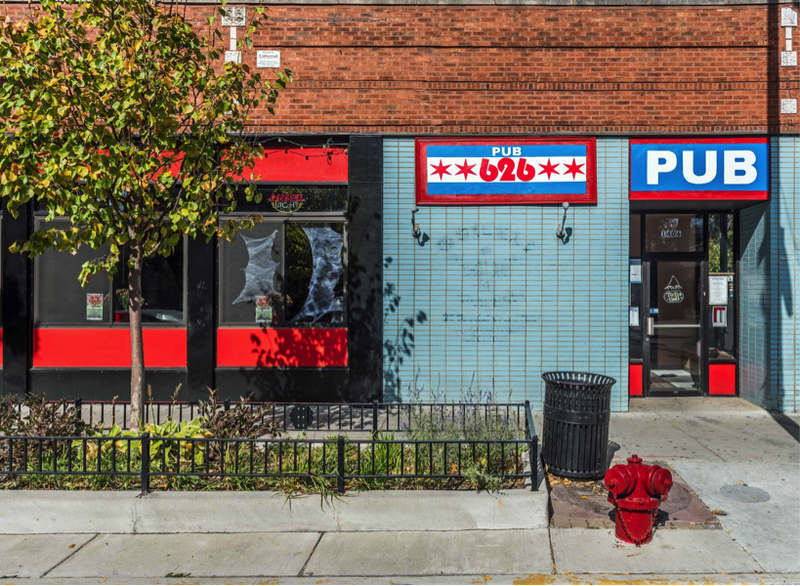
Pub
626, at 1406 W Morse Ave, so named for the zip code of Rogers Park. Source:
Google
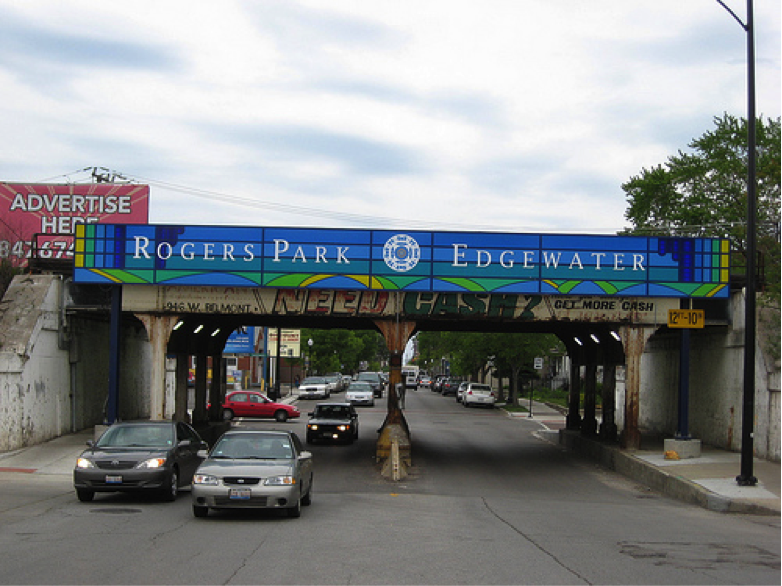
Sign
marking the border between Rogers Park and its neighbor, Edgewater. Source:
Google
Layers
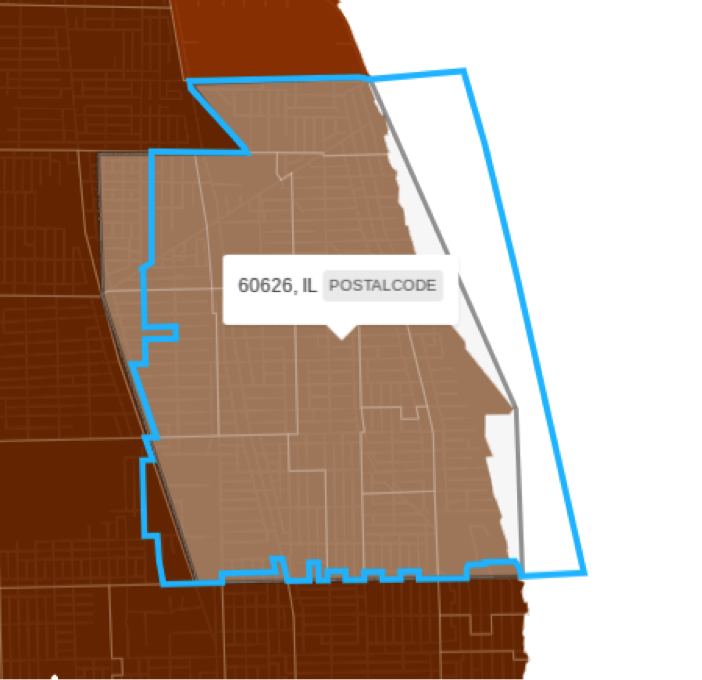
Rogers Park (grey shading) compared to the zip code 60626 (blue outline), showing that they do not overlap exactly. Produced with Social Explorer.
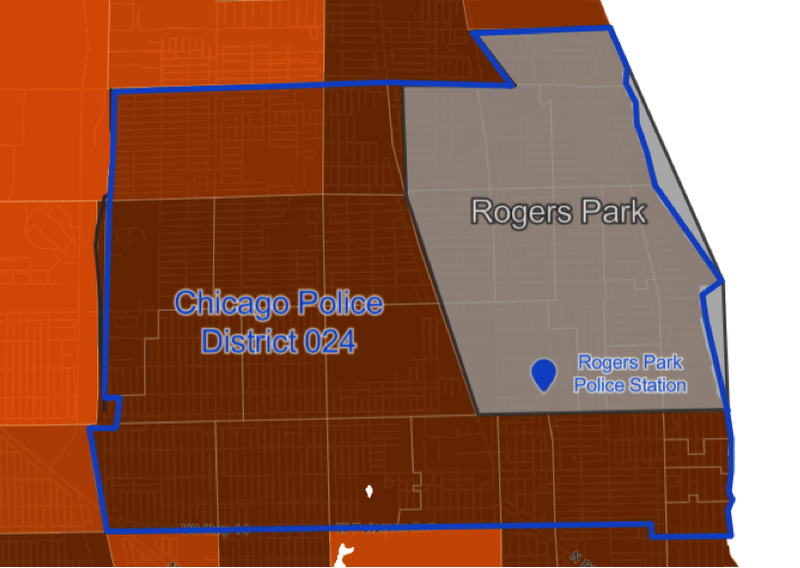
Map
showing the overlap of Chicago Police District 24 (blue outline) and Rogers
Park (grey shading). The District 24 police station, which is located in Rogers
Park, is also shown. Produced using Social Explorer.
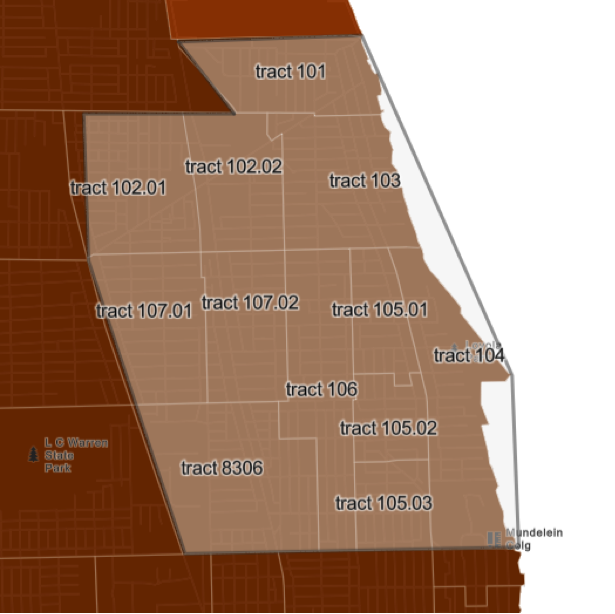
Census tracts in Rogers Park. Produced with Social Explorer.
History
Rogers Park is named for Phillip Rogers, who originally purchased 600 acres of land along the Chicago & Milwaukee Railroad (now Metra). Between 1830 and his death in 1856, Rogers acquired about 1,600 acres of land from the government some time, which includes what would become the neighborhoods of Ravenswood, Rogers Park, and West Ridge. In 1872, the land was subdivided Patrick Touhy, Rogers’ son-in-law. He sold parts of land to Stephen Lunt, Andrew B. Jackson, Charles Morse, Luther Greenleaf, and John Farwell (all of these names are now well-known streets in the area). These men called themselves The Rogers Park Land Company, and purchased the rest of land that would become Rogers Park. Many settlers moved into the region by 1878, when the village was chartered by the state. The population grew enough to be annexed to Chicago by 1893.
In the 1860s, the Chicago and North Western Railroad, along with the Chicago, Milwaukee and St. Paul Railroad allowed Rogers Park residents access to Chicago. Eventually the Howard “L” station opened in 1908, causing an influx of people to Rogers Park. Because of the fast growth, large apartment buildings were built along the train line, and large apartment buildings remain the norm today and 93 percent of buildings are multi-unit, and most residents rent rather than own.
World War II brought housing shortages, which led to the subdivision of large apartments into smaller ones. Public-private partnerships were formed to invest in the housing stock and to provide social services because of growing concerns that the overcrowding and poverty would lead to crime.
Religious, entertainment, and commercial areas emerged on Clark Street, Devon Avenue, and CTA stations. Theatre venues were very important to the neighborhood until the 1980s, and Rogers Park used to be home to extravagant theatres including the Adelphi Theatre, which is now an historical site.
Rogers Park is known as one of the most diverse neighborhoods in Chicago, and it has become increasingly so over the years. Most of the initial population consisted of Irish, Germans and Luxembourgers. The 1960s brought Russian and Eastern European immigrants. A growing number of Asian immigrants and black citizens was seen during the 1970s. Rogers Park continues to be home to a diverse set of people. According to 2015 census data, the population is 44% White, 22% Black, 7% Asian, and 23% Hispanic. Around 40% of the population speaks a language other than English in their household, and about 30% of residents were born outside the U.S.
(Sources: Encyclopedia of Chicago, Rogers Park/West Ridge Historical Society, Census Reporter)
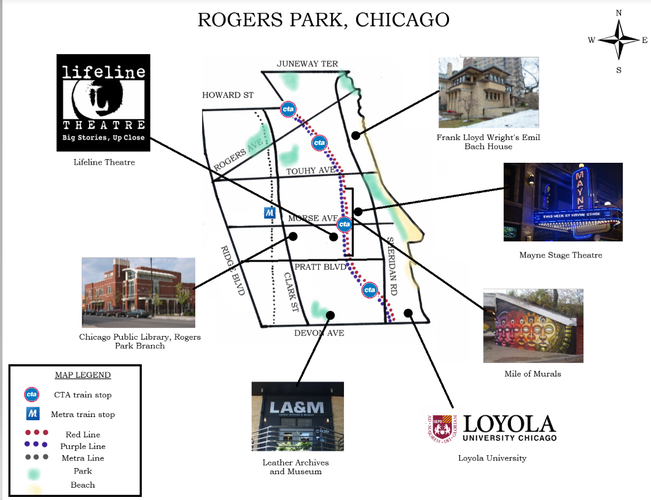
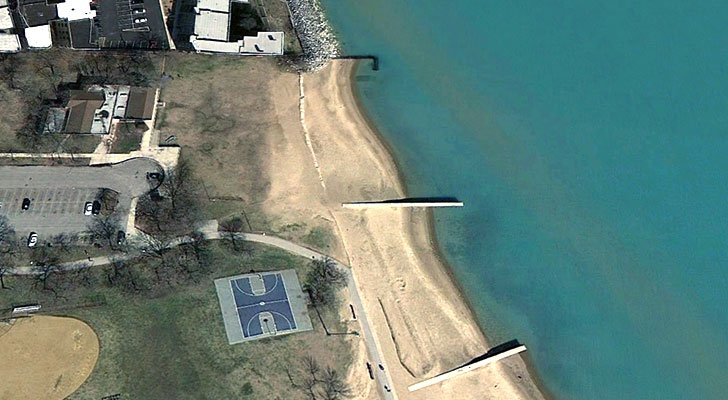
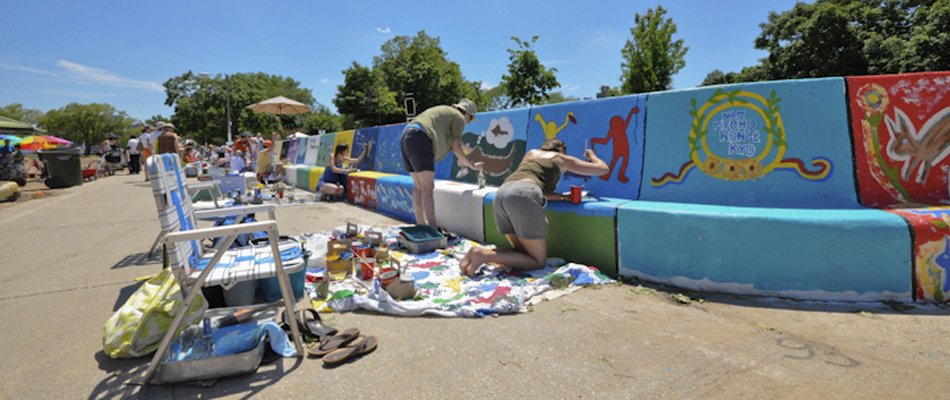
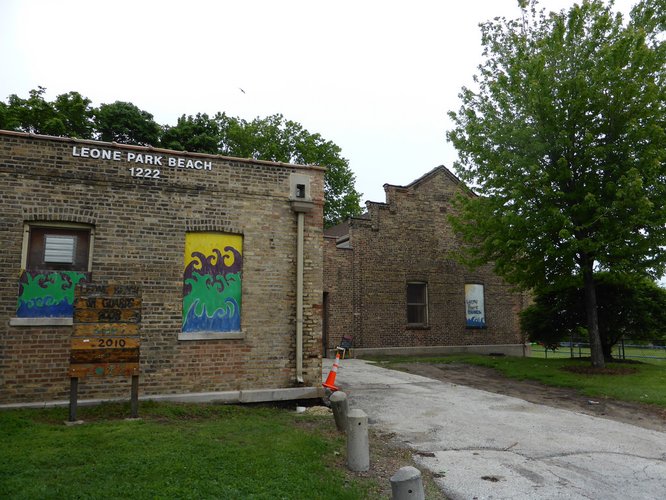
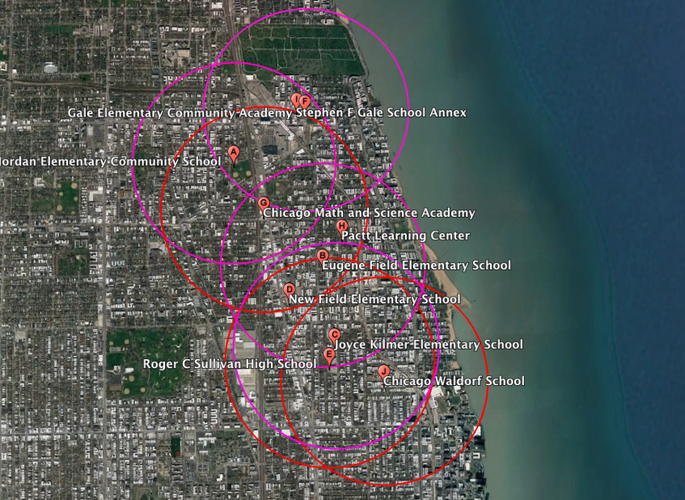
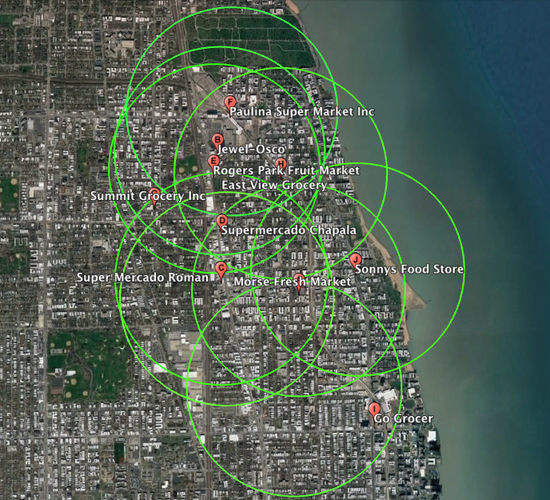
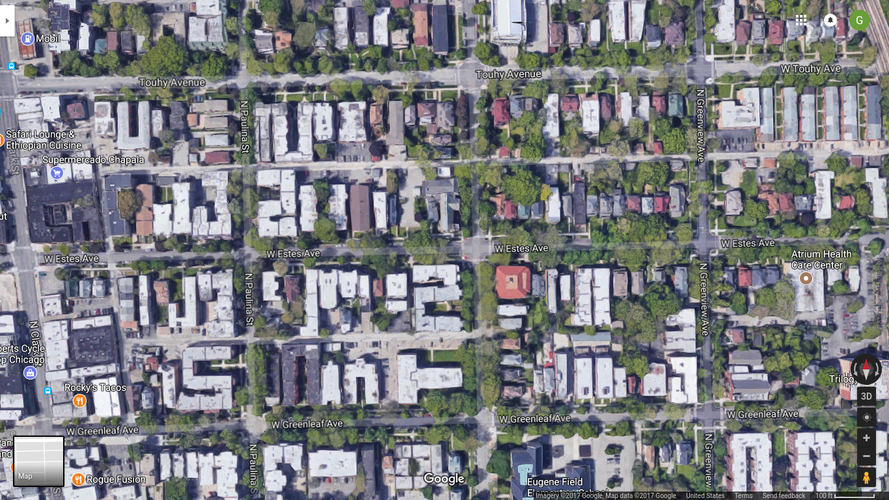

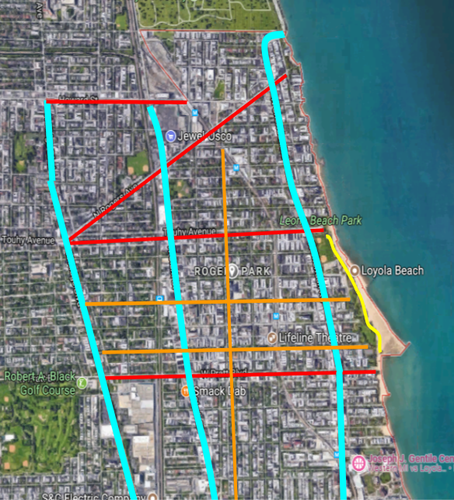

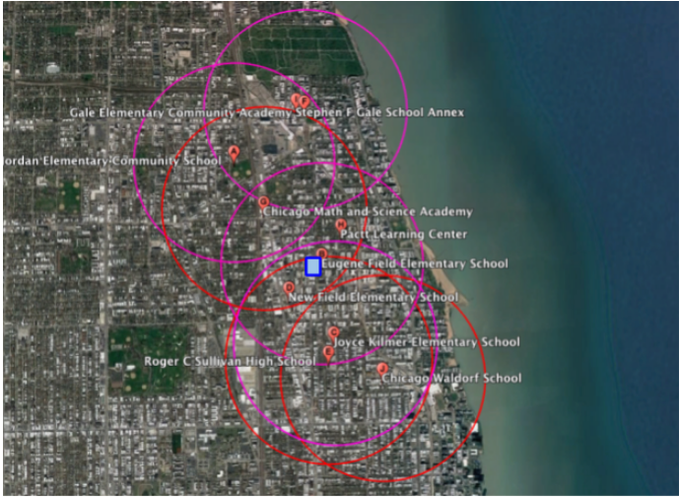
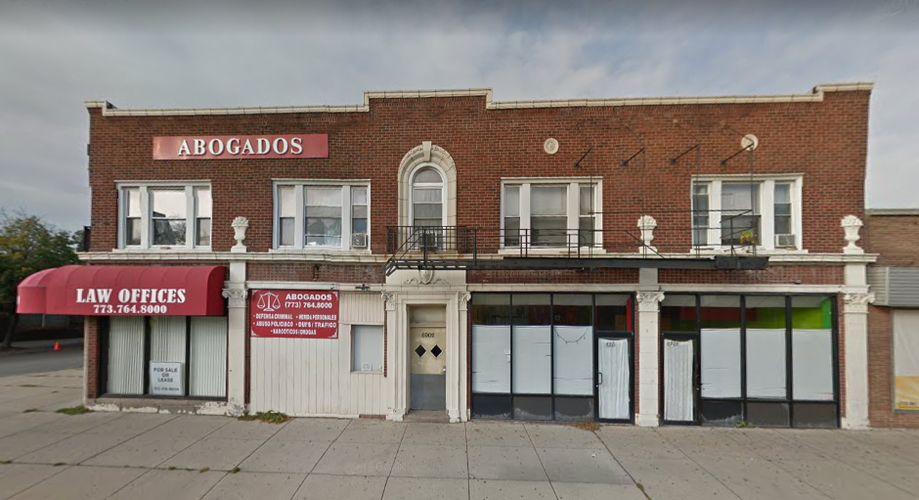
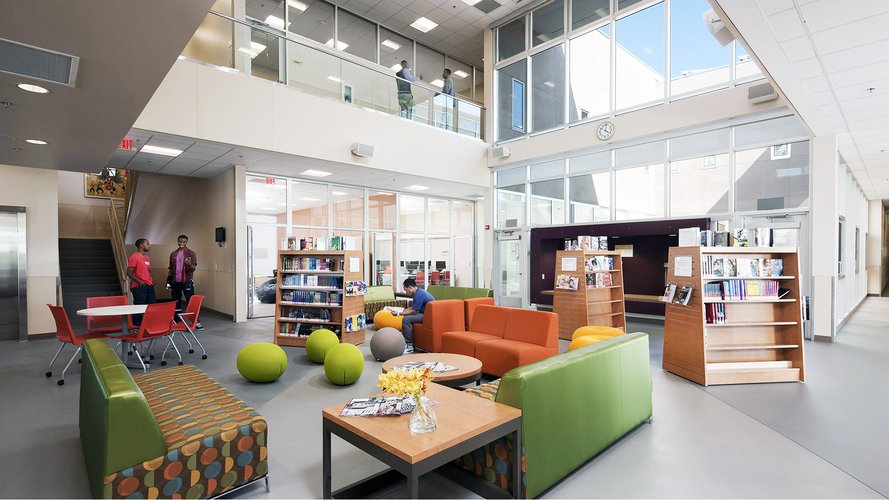
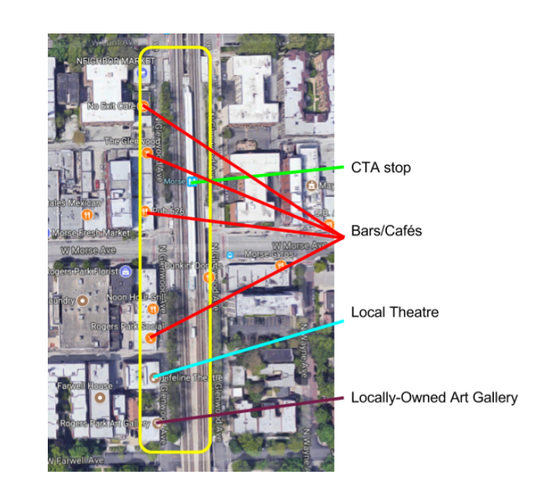
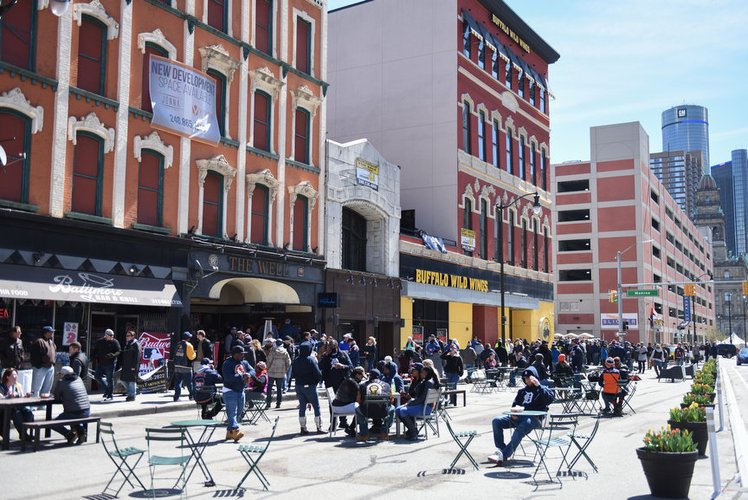
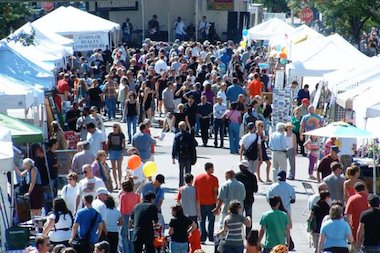

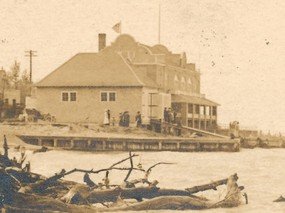
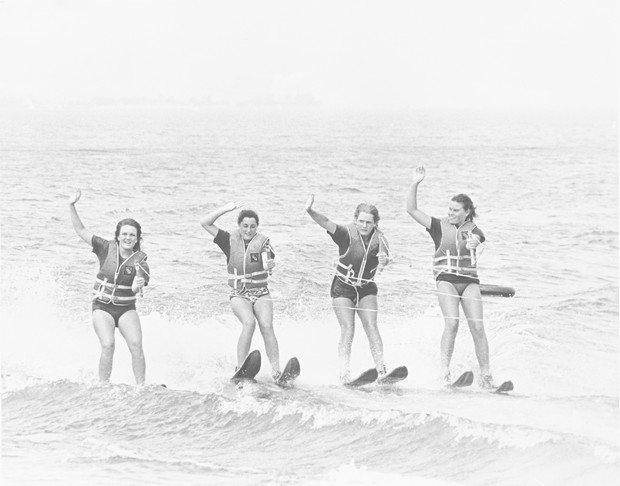
Social Mix